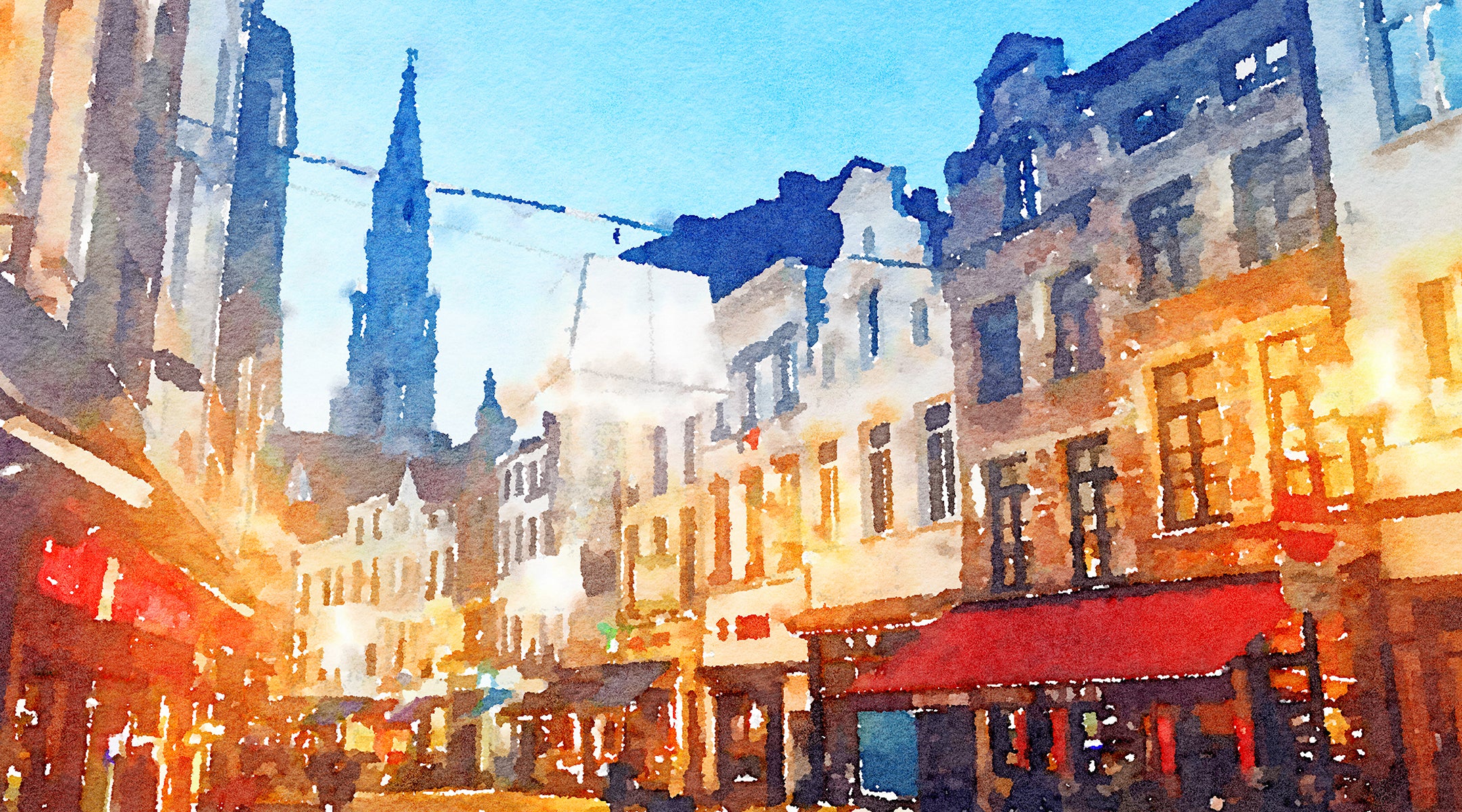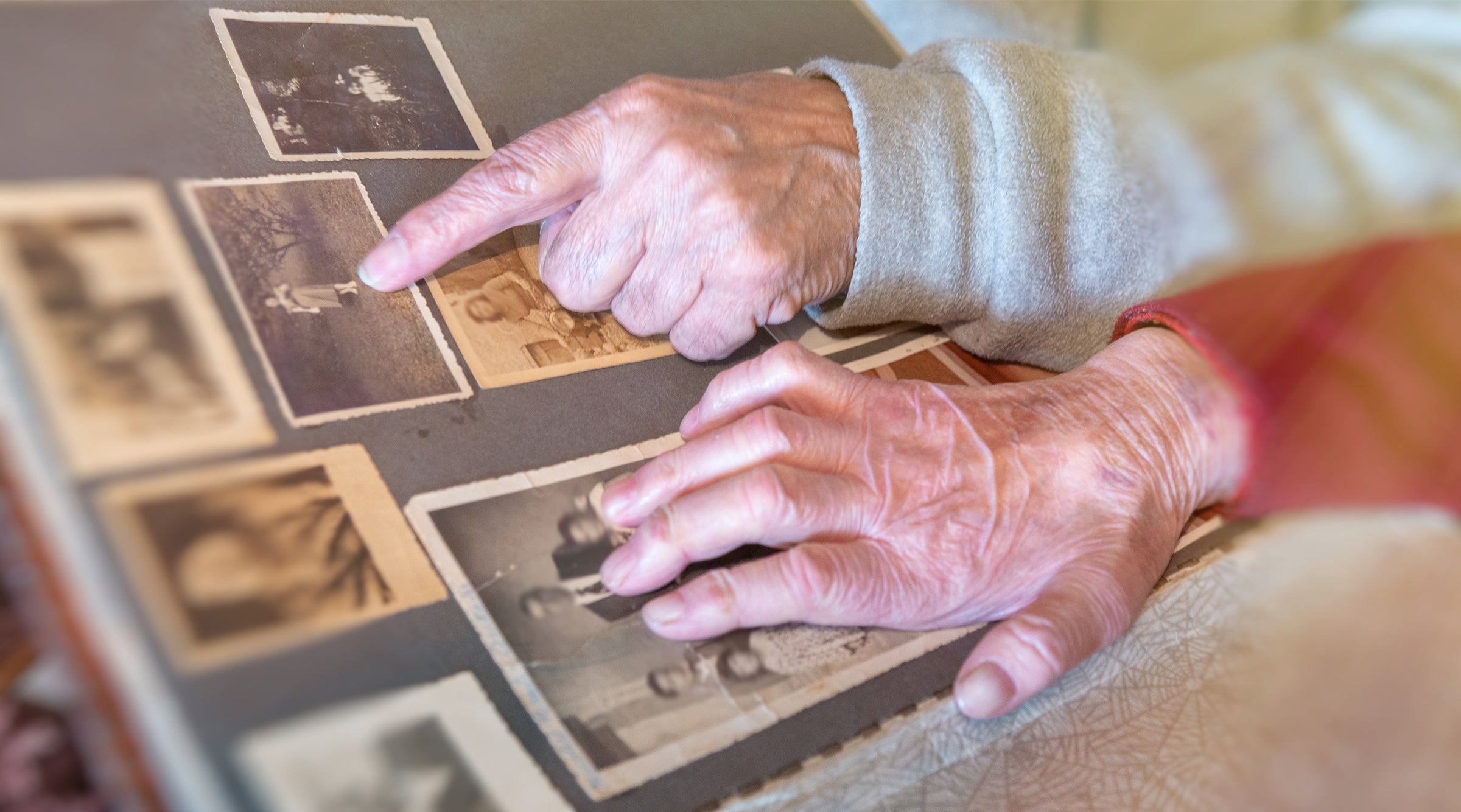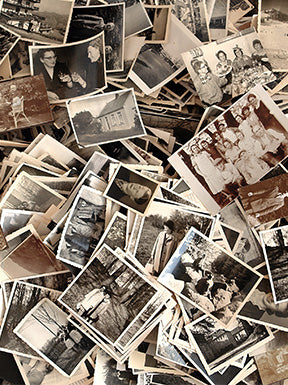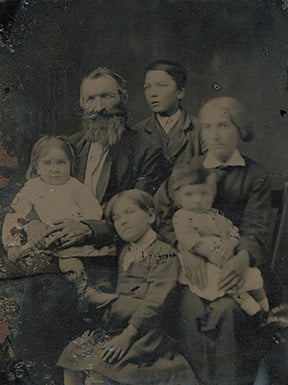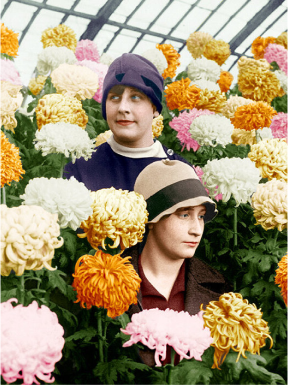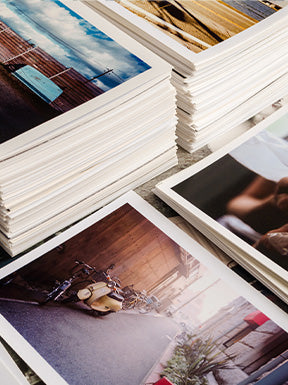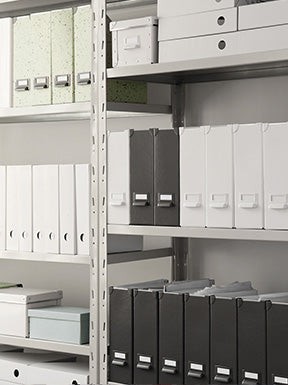The dazzling sunlight is making the sand sparkle like millions of tiny jewels, waves are crashing against the shore, and the deep blue sea looks infinite. You want to capture this enchanting view, but then crank the spool and realize you’ve used the 36 shots your 35mm roll of film permits. Now, smartphones turn those 36 images into endless captures.
Is it a good thing or a bad thing? It depends on how we look at it.
The era of digital cameras started in 1975 when Steven Sasson, an Eastman Kodak engineer, developed the first digital camera. That prototype had a resolution of 0.01 megapixels, took 23 seconds to snap the first digital photograph, and weighed nearly 8 lbs. Decades later, we are now using cell phones with 12-megapixel cameras that weigh 4 ounces. Freely toting them about and used on a whim, they are a big part of most people’s day-to-day life.
We take more pictures than ever. But do we take better pictures?
When we go on a vacation or a weekend hike, we can end up taking hundreds of pictures. Before posting some of them on our social media accounts, we edit them in the snazzy phone settings to make them look ''perfect''. Once we have improved the visual appeal, applied effects, added texts, or cropped out unwanted objects, voila! Our picture is ready. Just one question, though. How perfect is that picture?
The word perfect is commonly used to describe things, appearances, or pictures. It’s undeniable that taking pictures is easier than ever before, and digital and smartphone cameras are growing more capable. However, when viewing a 2.5”x3” image on a smartphone, just about anything can look crisp, bright, and colorful. Let’s get into the finer points of the photo file itself.
The real sustenance of digital photography is in the file, and understanding behind image capturing. How large can it be blown up before its digital pixels blow through? How much are the edits actually changing the integrity of the original file? How much control and technical understanding was asserted to attain that file?
We are relying on the camera’s intelligence at that moment. While impressive and accessible, it is by no means perfect or a substitute for a human’s integrity and manual control over a camera. Being intentional with what or how one is capturing and having the flexibility to work with a well-rounded file is essential when discussing actual photographic value things like light, shadow, framing, perspective, and subject matter.
This could explain why we still hire professional photographers for wedding ceremonies, graduations, births, or family photos even though we have smartphones or a DSLR Canon. It’s simply because having a good digital camera doesn’t automatically produce good results. The truth is that even the most low-end, no-frills camera can produce stunning results if handled well. And even a technically skilled photographer may not take good portraits if they cannot connect with their subject. It all comes down to the human touch and interaction with the camera and subject: a “beauty is in the eye of the camera holder” situation.
Where photos exist
Although we often keep our pictures on digital storage systems like Google Photos or iCloud, printed photographs offer a way of connecting to our loved ones. The cloud or phone photo library is a place where most photos go to live in perpetual limbo. They exist in the ether, but not in a tangible form. We cannot see them unless scrolling through a sea of other pictures.
Photography nerds – like myself – may ask the backhanded question- well, does it even exist then? For example, have you ever gathered around with your family and friends then opened the old photo albums together? Or wander down a hallway to look at all the hanging family photos? How heartfelt or simply fun can those moments be? A tangible, visual walk down memory lane is indispensable.
We also use printed photos to be closer to the people who live far from us. Don’t we all have pictures of a romantic date with our partners on the night table, an image of a fun night out with friends on the fridge, or a family photo in the living room?
It’s like holding a book or reading on a tablet. The smell of a physical book and feeling the pages between your fingers evoke a deeper connection.
Developing film and photos was not such an easy job- it required chemicals, a light safe space, and personal effort and time. It was also just how things were. There was no doubt about the process- it was just part of life in order for photography to exist. Today, you can buy your phone and a printer, press a couple of buttons, and print out pictures without having to leave your home. Accessibility and affordability can be a grand thing of their own, and it still does not replace the value and need for professional photographers and printers.
Last but not least, if you have developed negatives or you’re just like me and still love shooting with film, I can help you digitize those. Facsimile was created to produce high-quality harmony between film and digital. Anytime I scan negatives, slides, photographs, or artwork you can be assured you’ll be getting high resolution, beautiful files. In turn, you have the option to get beautiful prints.
You can send an email or call me, and I will be more than happy to help you.


